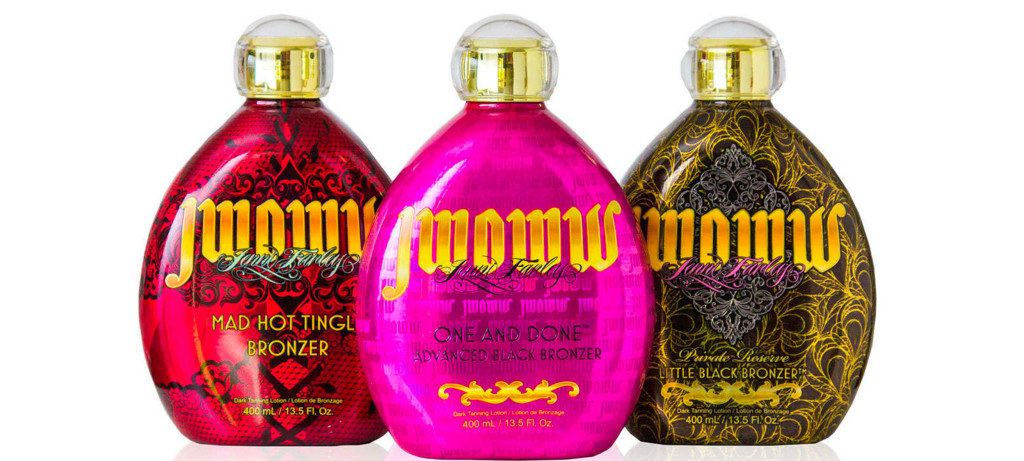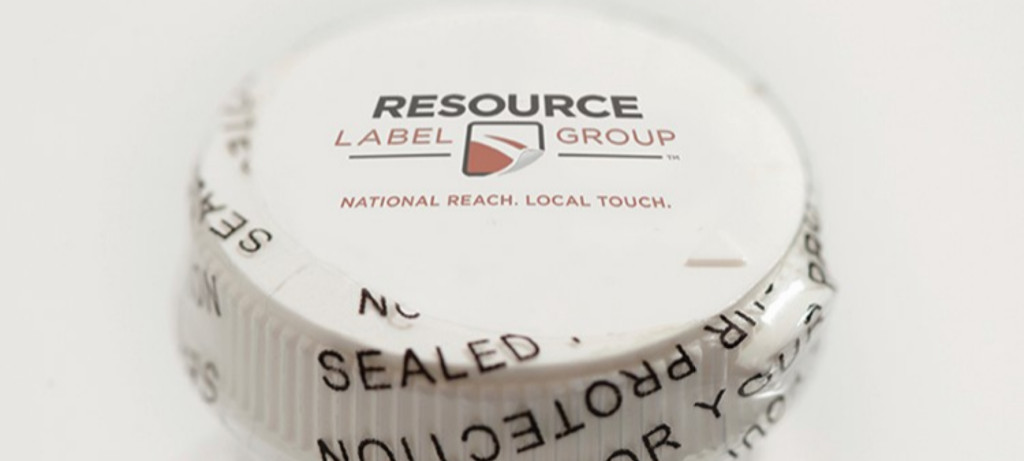Leverage the label bid process to get better value, minimize risk and stay competitive

The packaging procurement process is not one-size-fits-all — not even close. It’s an amorphous process that varies by your brand’s size, label spend profile, industry segment and about every other factor imaginable. As such, there’s very little advice on label RFIs and RFQs that applies to every situation.
Large brands, for example, often cast a wide net with their RFI, and parse through responses with a fine-tooth comb. Only after a comprehensive RFI will they ask a select shortlist of suppliers to submit pricing information. Meanwhile, midsized brands with smaller procurement departments often cut straight to the quote, asking suppliers to submit pricing on a set number of label products.

And each industry segment prioritizes label services and products differently. Pharmaceutical and nutraceutical companies care deeply about quality assurance and traceability. Food brands require inventory management programs that allow them to respond flexibly to sudden changes and shifts in product demand. Brands in each of these segments will therefore need to ask different questions on their RFI.
But for all their differences, there is one thing all brands want out of the label bid process — they want to find the label vendor that offers the best value and service.
Here’s how:
- Rethink how you’re approaching your label bid
- Define your goal: Lowest price or highest value
- Add one question to your RFI
1. Rethink how you’re approaching your label bid
On its surface, sourcing packaging might seem like an obstacle course comprised of one corporate hoop (RFIs) after another (RFQs) after another (supplier selection). At least, that’s how many brands approach it.
If you, too, think of the RFI/RFQ process as simply fulfilling a corporate requirement, you’re approaching it wrong.
Putting your labels out to bid is a massive opportunity to:
- Realize savings by consolidating suppliers and label orders
- Minimize risk in your label supply by establishing an inventory management relationship (or improving your existing one)
- Obtain more competitive pricing by leveraging your brand’s increased label spend, especially if you’ve acquired new companies or grown significantly in recent years
- Stay competitive by exploring new label technology
Still, most brands approach the RFI/RFQ process with the sole goal of securing better pricing for the labels and services they’re currently using. And as the saying goes, if you do what you’ve always done, you’ll get what you’ve always got.
2. Define your goal: Lowest price or highest value
We’ve established that the bid process is full of opportunity — but it’s up to you whether to seize it. With that in mind, you need to think critically about what it is you’re trying to achieve before initiating the RFI/RFQ process:
- Are you only trying to get better pricing?
- Or are you also trying to discover label products and services that are more effective than the ones you’re currently using?
If you’re only trying to get better pricing, then pull up the RFI spreadsheet you’ve used in the past and send it out to your list of potential label suppliers. But if you’re looking to get the most out of this process, then you’re going to have to rethink what you’re asking for in your RFI.
3. Add one question in your RFI
To make sure your chosen supplier meets your procurement standards, you’ll have to ask all potential label suppliers questions like:
- How do you support key accounts?
- How many plants do you have?
- What quality systems do you have in place?
- If we award you this contract, how will you deliver year-over-year cost savings?
- How will you prevent disruption in our label supply?
- How do you manage procurement with your material suppliers?
These questions are a good start, and most of the RFIs we come across ask them in some form. But to achieve your goal — getting the most value out of the label bid process — you’ll have to ask one more:
What changes to our label services or products would you recommend to help us capture value and drive efficiency?
Asking this one question forces potential suppliers to take a holistic look at your label spend and find ways to mold their label and service offerings around your particular needs.
We recently had a prospective client send out an open-ended RFI that asked us to help them reassess how they were approaching their packaging. Rather than filling out a spreadsheet, we regrouped as a team and thought about how we could leverage our labeling expertise to solve real business problems this brand was facing.
We developed a plan with labeling and service solutions that would optimize product protection and tracking, accelerate testing and prototyping and drive consumer loyalty, among other things.
Of course, if you’re going to ask this question, you’re going to have to do the front-end work to gather the information (like the specifications and annual usage information for your current labels) that label suppliers need to identify value-creating opportunities in this way. You’ll also have to give them ample time to come up with these solutions. But the end result will be well worth the upfront effort.
Use the label bid process to stay competitive
The label bid process isn’t just about staying competitive with regard to pricing — it’s about staying competitive with regard to label technology.
And label technology has likely changed drastically since your brand last sent your labels out to bid. Smart labeling technology is ready for full-scale deployment today. It seems like new sustainable materials are being released every week. And digital printing is emerging as a key trend for brands large and small.
Lean on your label supplier to guide you through the everchanging label technology landscape, and don’t waste your label bid by doing it the way you’ve always done.
Need further guidance about how to get the greatest value for your label spend? Reach out to our team today to answer any questions you have about your particular labeling challenges.
Find the best solution that makes the most sense for your brand.
Tags:


